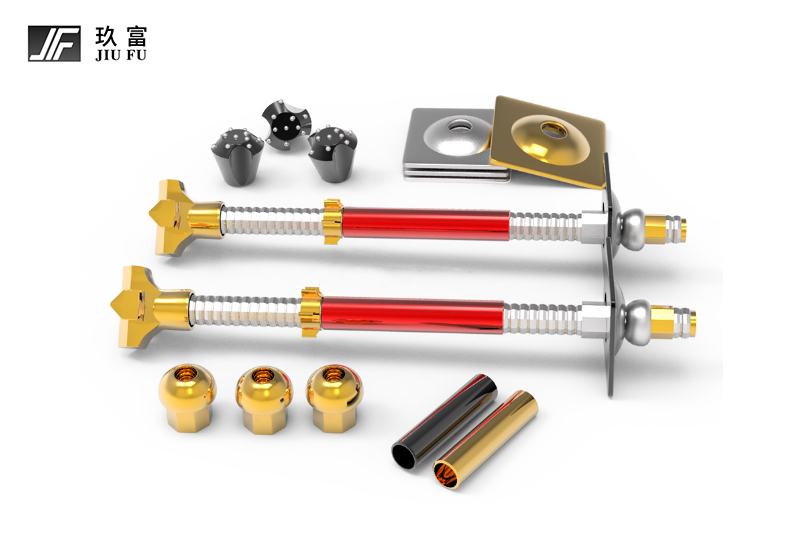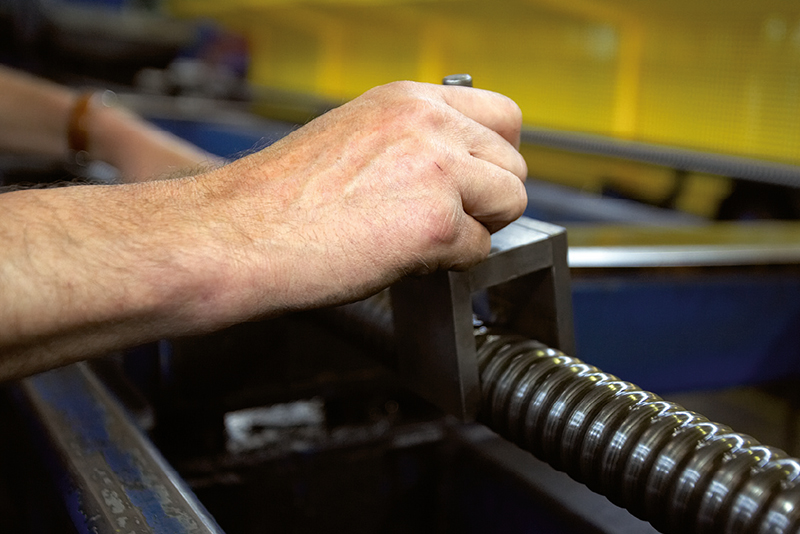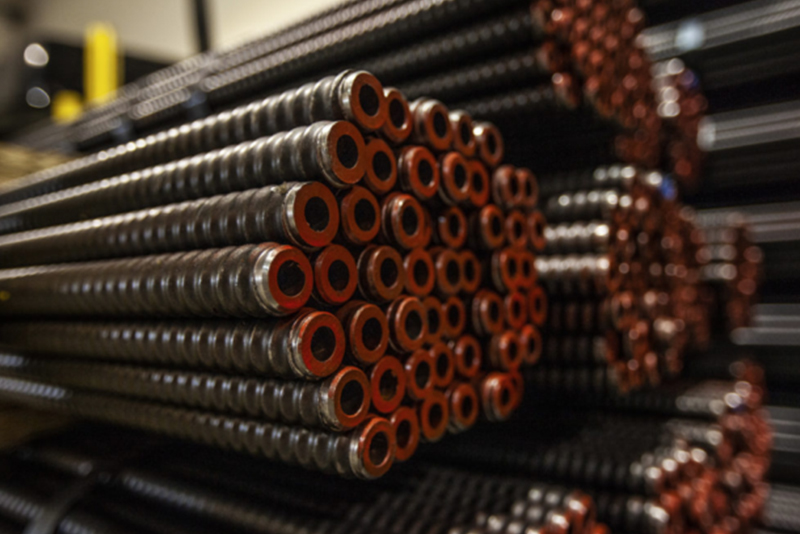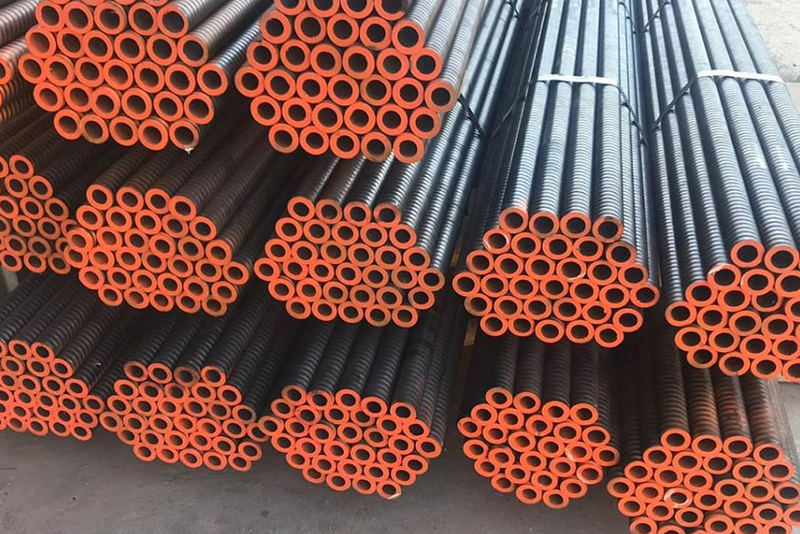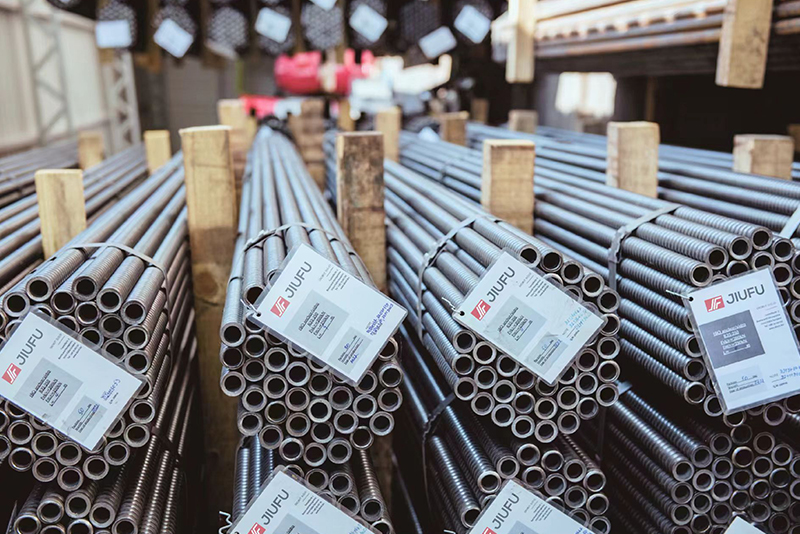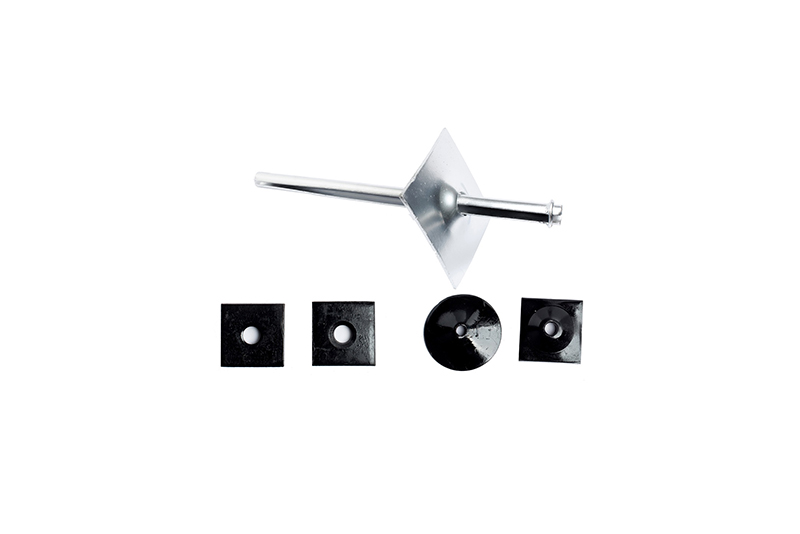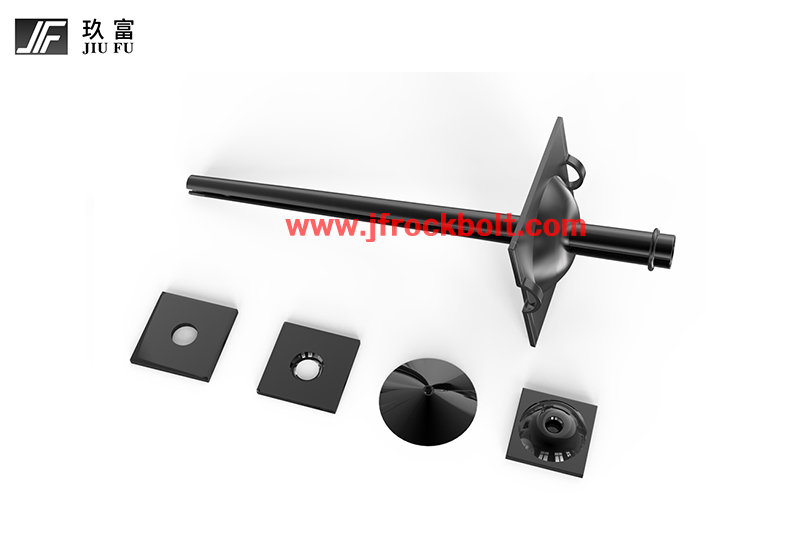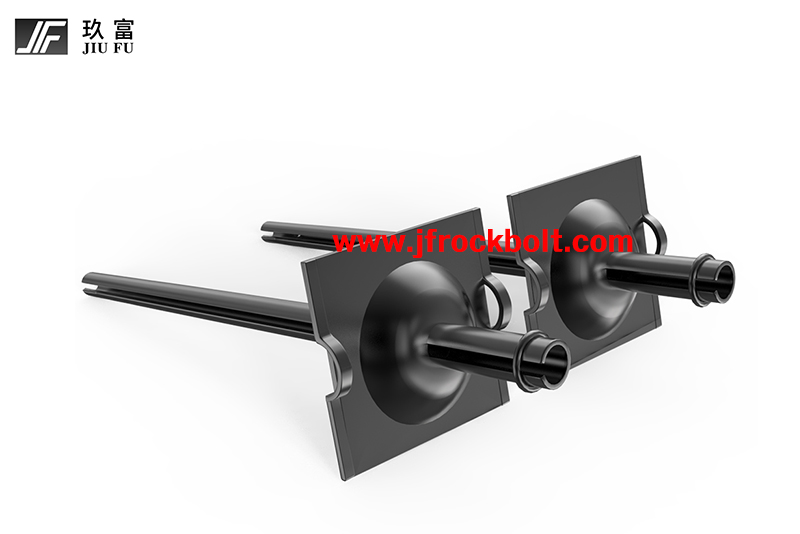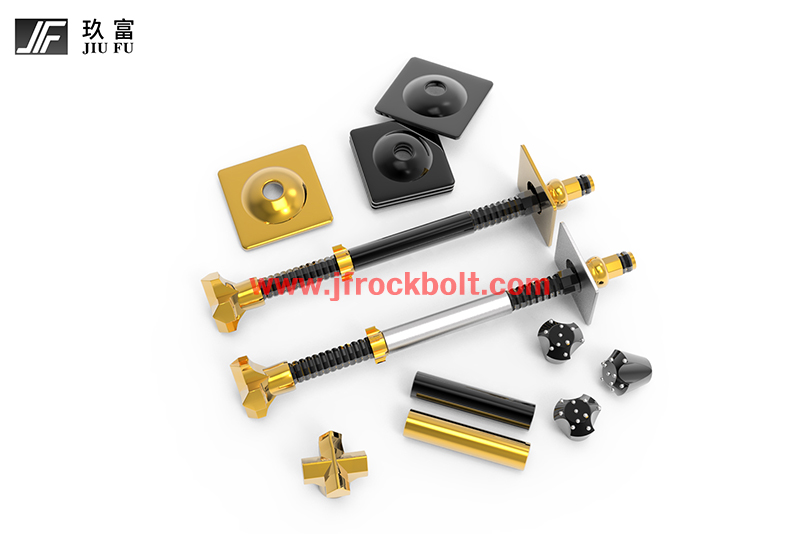With the rapid development of all fields of society, people have higher and higher requirements for safety, especially in fields such as subway and railway engineering, mines, tunnels, dams and slopes. Hebei Jiufu Industrial and Mining Accessories Co., Ltd. is a manufacturer specializing in supplying supporting materials for coal mining, construction projects, and large-scale concrete projects. The main functions of Jiufu hollow anchors are drilling, grouting and anchoring, leaving a reinforced grouting column and anchor head in each wellbore. We have R thread design and T thread design types to choose from. As an advanced system, R thread can realize drilling, grouting, and anchoring at the same time during construction, improving construction efficiency, reducing composite material costs, and is simple to install and operate at the construction site. R-threaded self-drilling anchors are good at working in complex ground conditions, such as weathered rocks, gravel layers and other broken geological conditions. This is what distinguishes them from other anchors, thus providing the best solution for complex geological conditions in different projects. The solution meets people’s requirements for security.
| Anchor Hollow Bar Technical Data | ||||||
| SIZE | OD(MM) | ID(MM) | ULTIMATE LOAD(KN) | YIELD LOAD (KN) | WEIGHT(KG/M) | LENGTH(M) |
| R25N | 25 | 12 | 200 | 150 | 2.3 | 1M-9M |
| R32L | 32 | 22 | 260 | 200 | 2.8 | 1M-9M |
| R32N | 32 | 21 | 280 | 230 | 2.85 | 1M-9M |
| R32N | 32 | 18.5 | 280 | 230 | 3.4 | 1M-9M |
| R32S | 32 | 17 | 360 | 280 | 3.45 | 1M-9M |
| R32SS | 32 | 15 | 405 | 300 | 4.1 | 1M-9M |
| R38N | 38 | 22 | 500 | 500 | 4.8 | 1M-9M |
| R38N | 38 | 19 | 400 | 400 | 5.5 | 1M-9M |
| R51L | 51 | 36 | 550 | 450 | 6.3 | 1M-9M |
| R51N | 51 | 33 | 800 | 630 | 7.8 | 1M-9M |


